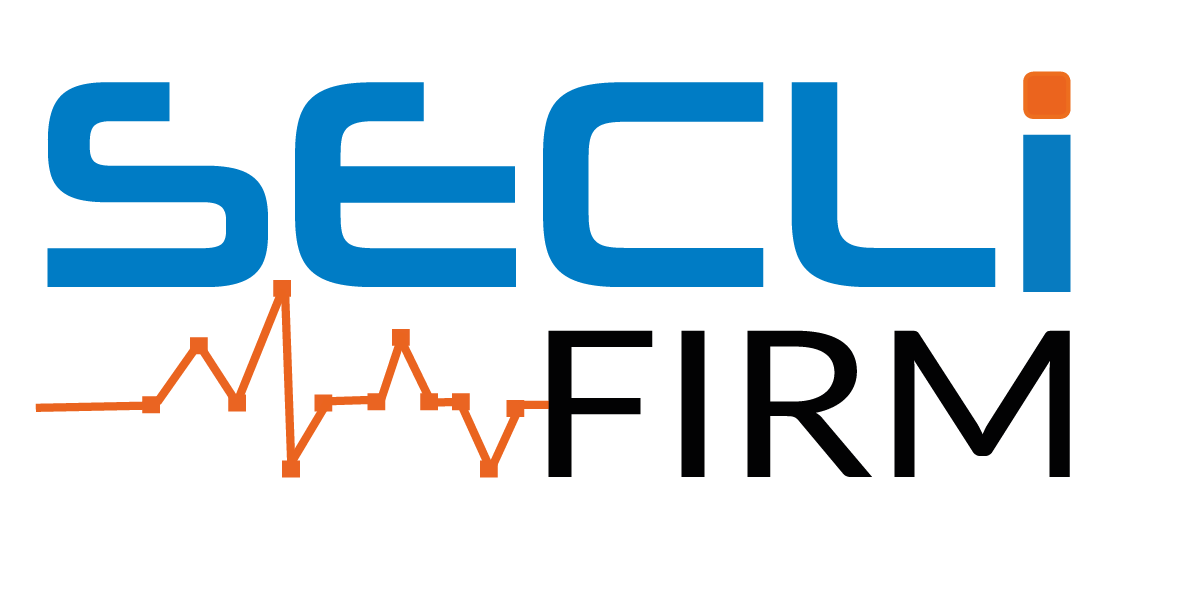Name: Jessica Standen
Job title: Scientific Consultancy Manager
Organisation: Met Office
Outside of SECLI-FIRM, what is your role within your organisation and what do you do in this role?
I lead a team of scientists and scientific consultants to deliver weather and climate services to a range of industries. These services allow customers to effectively manage weather and climate-related risks and opportunities ensuring safe, efficient and resilient operations.
How long have you worked in science/energy?
For 10 years. I started working at the Met Office on completion of my mathematics degree from the University of Exeter, being keen to put the skills I had developed into practice in the real world. I have since worked in a broad range of areas, starting in numerical weather prediction and now in industry consultancy. However, every role has focused on pulling science through to industry as this is what I am most passionate about – using world leading science to answer the questions that matter to businesses.
Why did you get involved in the SECLI-FIRM project and why does this project excite you?
I got involved with SECLI-FIRM when I started my current role as Scientific Consultancy Manager. The project had already started and there were a number of people from the Met Office working on it; my role being to coordinate the scientific input of the Met Office.
SECLI-FIRM ties in with my passion for pulling science through to industry, and this is why it is so exciting; it is an opportunity to be involved in a project that could really help industry decision makers and exploit an exciting, rapidly developing area of forecasting.
What is your main role and contribution to the SECLI-FIRM project?
My role is to provide the scientific direction for the Met Office contribution to the project.
What are the key things you have learned from being involved in the SECLI-FIRM project so far?
The range of methods that can be used to tailor longer-range forecasts to ensure that they are relevant to different sectors’ decision making. I am excited to see the outcomes of the individual case studies to see how seasonal forecasts could help a range of customers real world scenarios.
What achievements do you personally hope to accomplish by the end of the SECLI-FIRM project?
I hope to see the application of some of the weather pattern methods, being used to support industry decision making. It is exciting to be able to see how research in one field can be adapted and utilised in another.
What do you believe are the key benefits of climate science, and seasonal forecasting in particular, for the energy industry?
The energy industry has always required decision making on much longer timescales than traditional weather forecasting can provide answers. And this is becoming even more critical with the increasing proportion of energy from renewable sources. Climate science and longer-range forecasting can really help with this.
There are countless opportunities for this science to help. From longer-range forecasting assisting with the identification of weather windows for offshore windfarm maintenance, to climate science helping with the design of future nuclear power plants and their infrastructure to withstand a climate decades in the future. SECLI-FIRM fits within this by showing how seasonal information can help across a broad range of real-world industry problems.
What do you believe are the barriers to the energy sector in accessing and using seasonal forecasting information?
Unlike traditional weather forecasting, longer-range predictions, including seasonal forecast outputs, are inherently more uncertain, and this can be hard to assimilate into the traditional decision-making process.
Seasonal forecasting has different skill levels for different weather phenomena, in different seasons and at different locations. This means that what may be suitable to use for a particular application at one time or in one place, is not necessarily suitable for use in another situation. In addition, the period that the industry needs to assess to see if it is useful is many years long. This can be a challenge compared to traditional weather forecasting where an assessment of the usefulness can be completed in a much shorter period of time.
What part do you think projects like SECLI-FIRM play in promoting collaboration between the energy and meteorology/climate sectors?
It is fantastic to be able to work so closely with those in the industry whilst developing the science. It is critical that they are involved to ensure that what is being delivered is useful to them and that is one of the exciting things about SECLI-FIRM in that it is enabling scientists and industry to work and develop jointly.
What would be your top tip for anyone interested in getting involved in a project like SECLI-FIRM?
Make the most of the opportunity to collaborate with both industry and other research organisations; it really is the best route to developing more useful and usable science.


